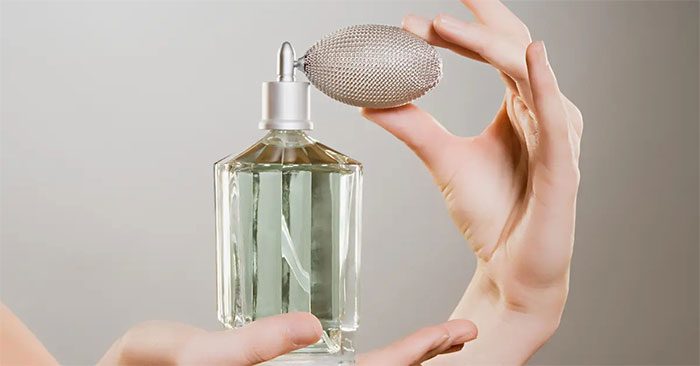According to reporters in Sydney, indoor air quality is currently a concern for many people.
In high-income countries, the average person spends 85 – 90% of their time indoors. An average individual inhales up to 20,000 liters of air each day, and exposure to pollutants in stagnant indoor air can adversely affect health, causing symptoms such as eye irritation, respiratory issues, and even headaches.

Sources of indoor air pollution come from various activities. (Image credit: greenmatters.com).
Indoor air pollution sources can arise from activities such as cooking, heating, the use of scented cleaning products, and even items designed to mask odors in living or working spaces, such as candles, diffusers, and air fresheners.
The U.S. Environmental Protection Agency (EPA) recently reported that indoor air pollution levels are often three times higher than those found outdoors. Pervasive scents in homes indicate a mixture of chemicals in indoor air, leading to numerous potential issues.
For example, air coolers emit over 100 different chemicals, including volatile organic compounds (VOCs). These VOCs can react with ozone and other oxidants indoors to produce a range of oxidizing products, which are molecules that can be toxic.
Additionally, fragrances and ozone can generate pollutants such as formaldehyde (CH2O) and acetaldehyde (CH3CHO), which agencies like the EPA classify as harmful or hazardous. The type and amount of pollutants generated by indoor fragrances depend on various factors, such as the type of product (whether it’s burned or in vapor form), its composition, and the indoor space involved.
Moreover, odorless solvents are a particular concern because consumers may be unaware of their effects and may not recognize higher concentrations present in the air. Notably, fragrance manufacturers can use terms like “fragrance,” “perfume,” or “essential oil” in ingredient lists without specifying which chemicals are used to create the scent. Typically, there could be dozens or even hundreds of undisclosed chemicals involved.
Daily exposure to scented products, even at low levels, can negatively impact health. In a study conducted in the U.S., Australia, Sweden, and the UK, 32.2% of people were reported to be sensitive to fragrances. For those sensitive individuals, perfumes can be a trigger for asthma and headaches. Meanwhile, burning soy, beeswax, or other non-paraffin candles at moderate levels, along with proper ventilation and/or air filtration systems, is generally considered safe.
Therefore, eliminating air fresheners, fragrance scents, and scented candles could overall improve indoor air quality, thereby creating a safer living environment.
Other measures to consider for creating a cleaner and fresher indoor environment include regularly ventilating spaces, using vacuum cleaners with HEPA filters, employing air purifiers, growing more greenery, and regularly cleaning the home.
- The investment scheme that made a writer wealthy for life: Playing “hide and seek” with the entire French lottery system to win the jackpot
- Why is it called crab stick when it contains no crab?
- Why do names during the Three Kingdoms period only have two characters? Behind it is a strict naming regulation




















































